Kyu Asakura House | Daikanyama
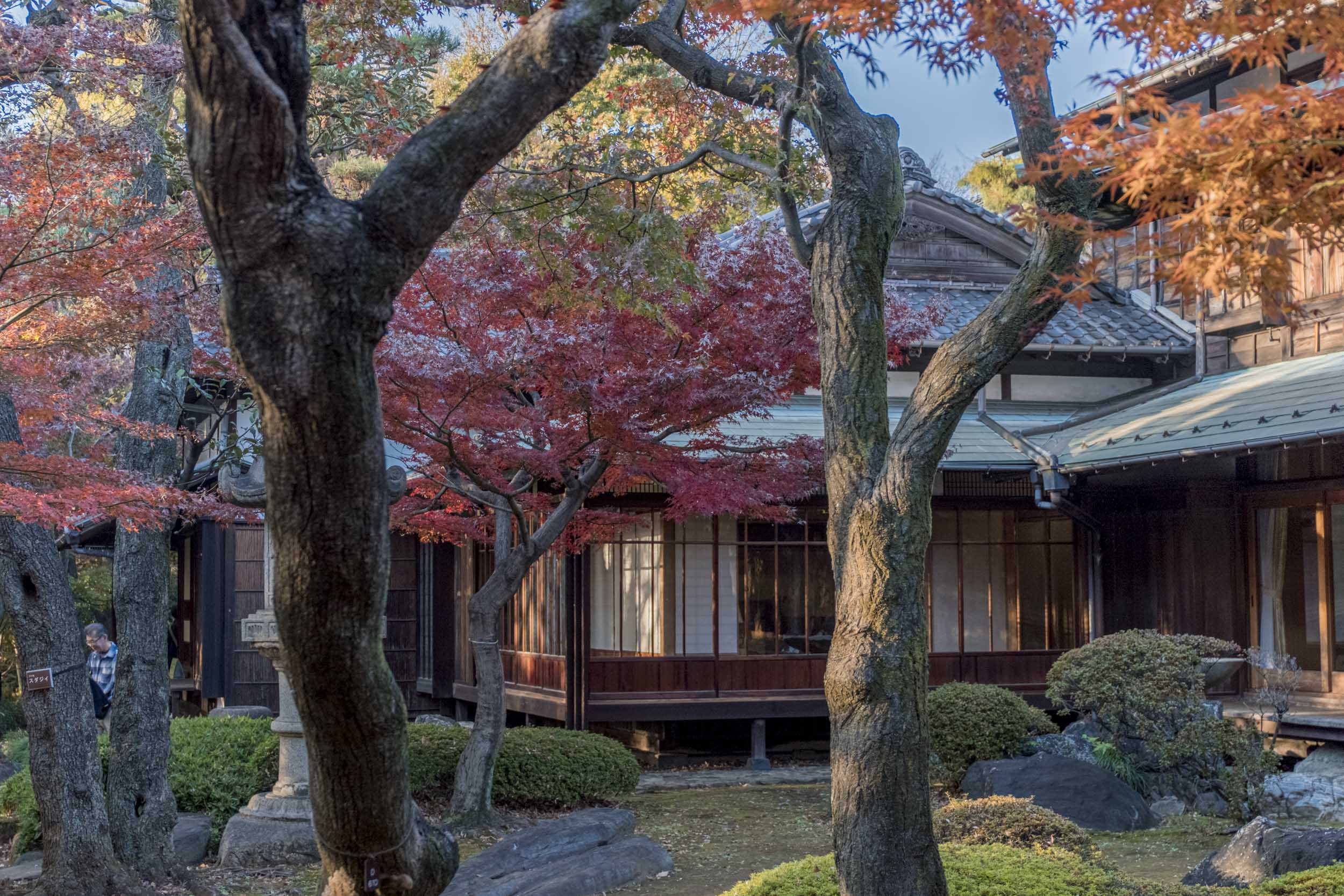
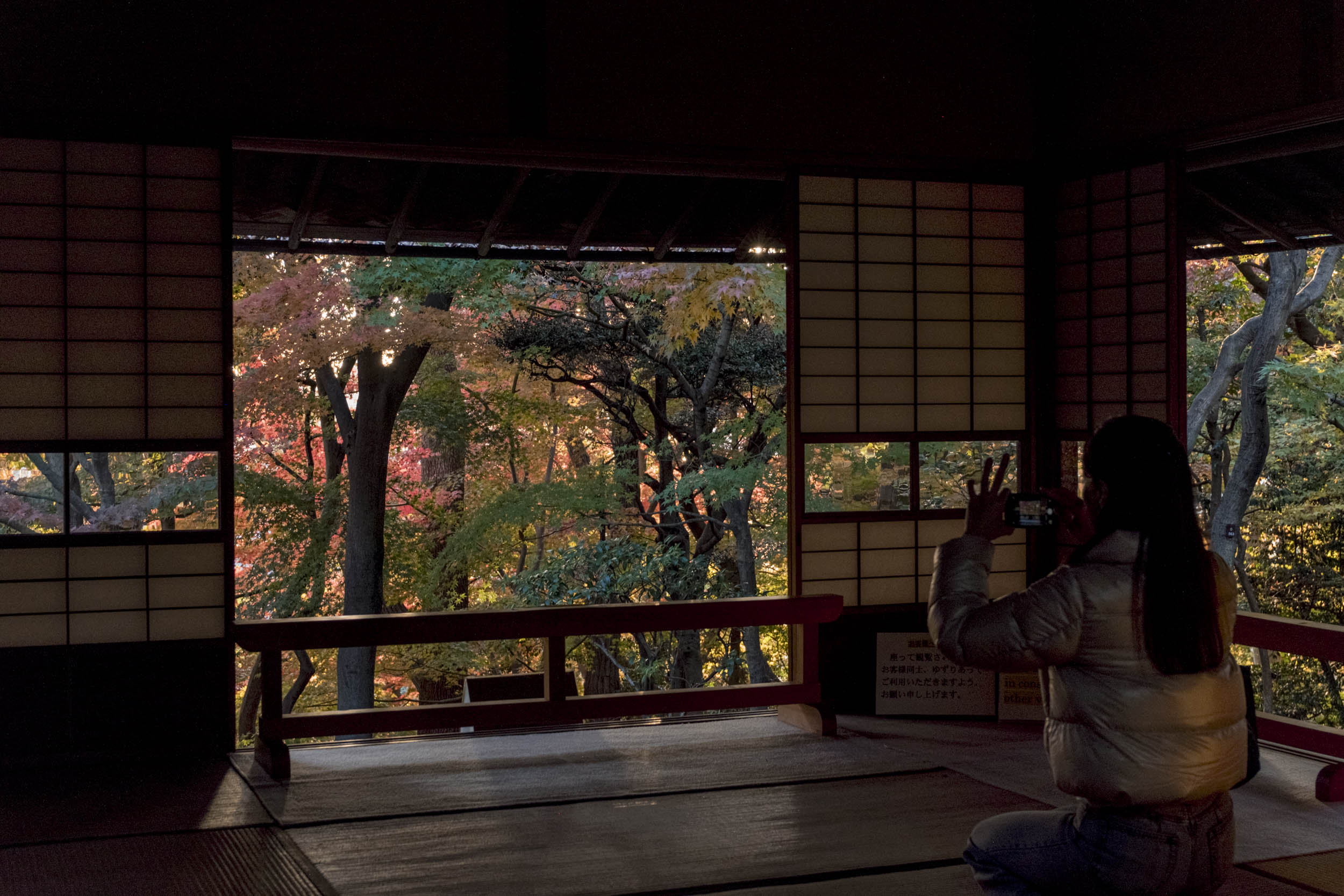
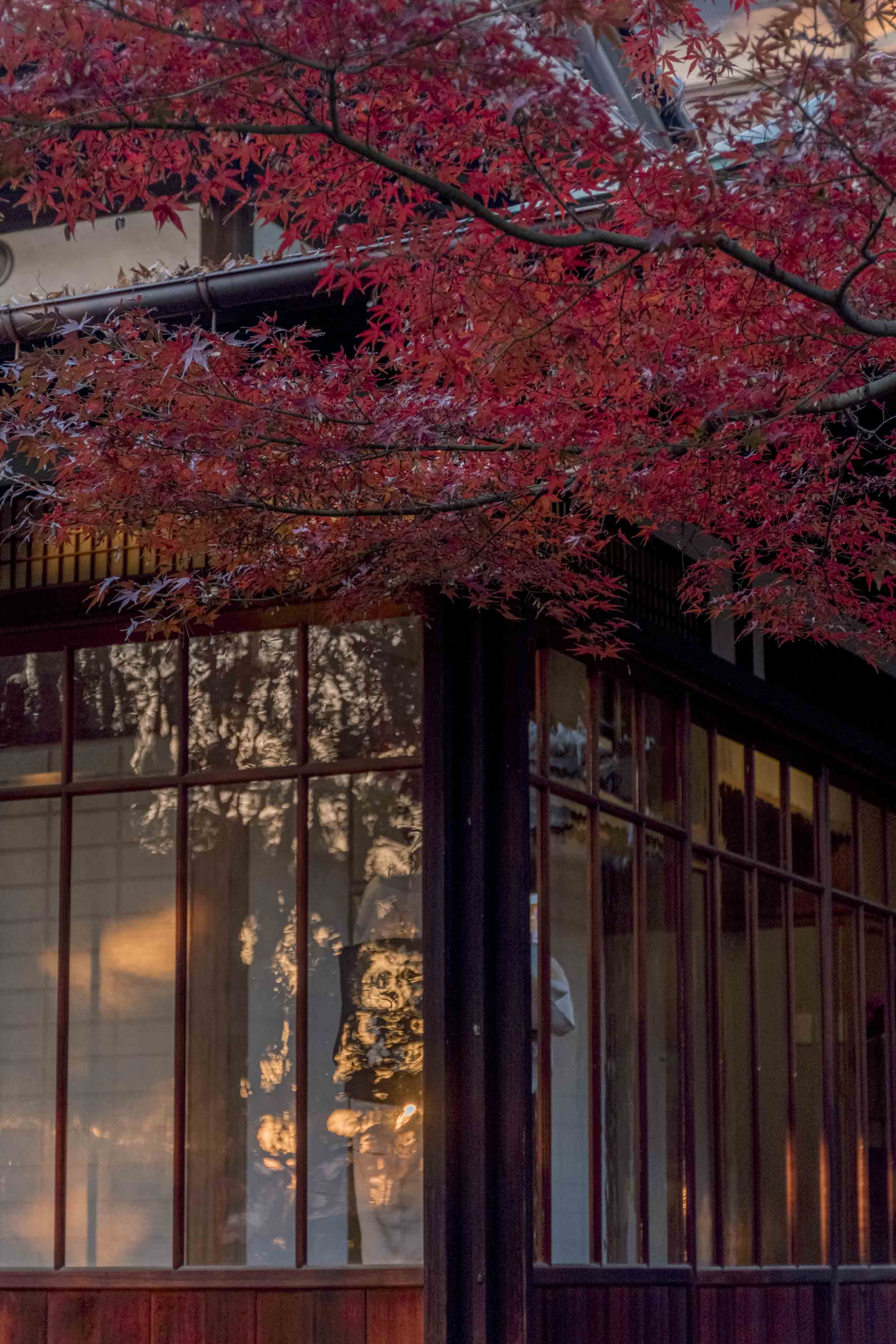
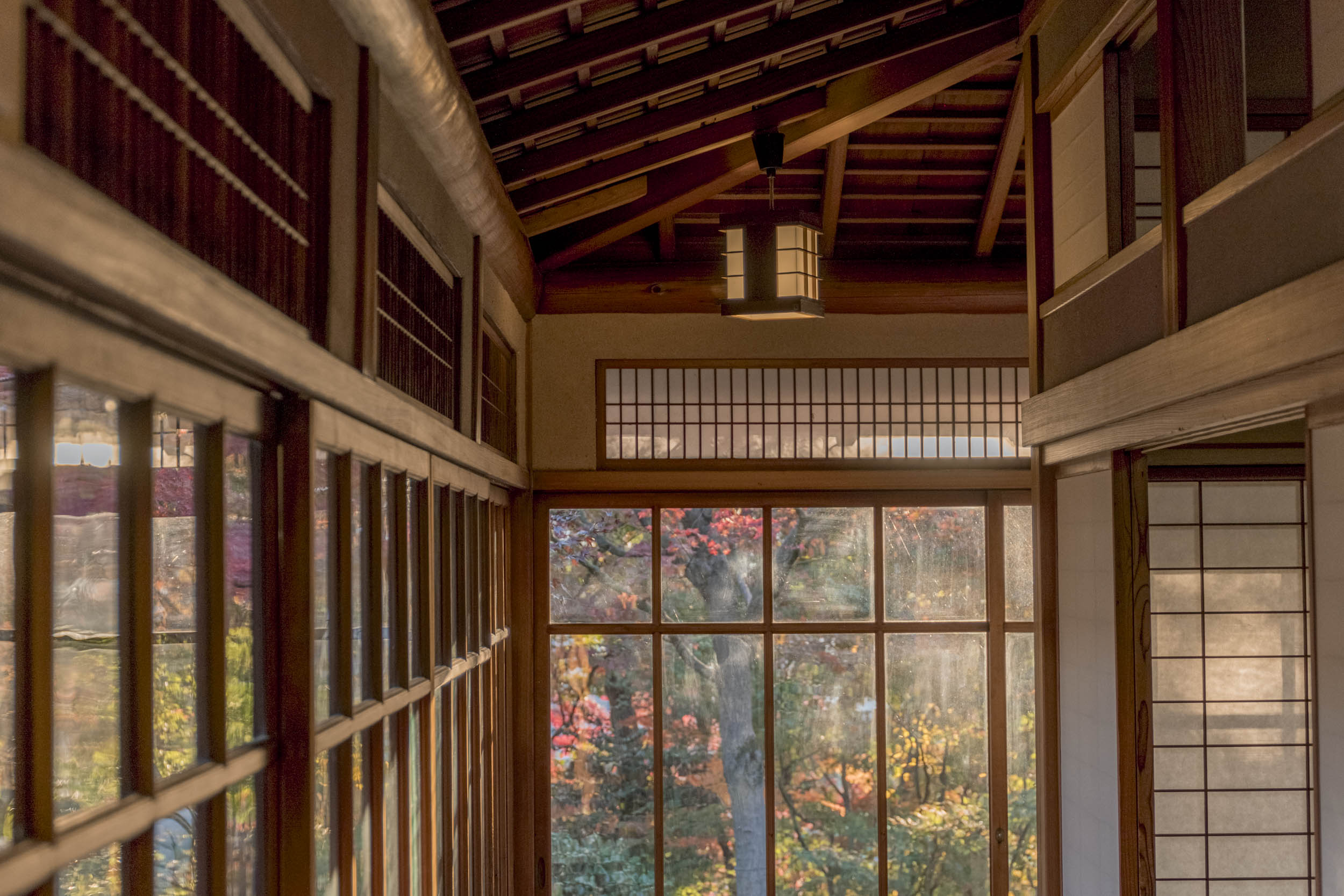
Built in 1919 as a private residence of assembly chairman Torajiro Asakura, Kyu Asakura House is now considered an important cultural property by the Japanese government - and we know exactly why. It is one of the only remaining traditional Japanese wooden houses in Tokyo, having survived the bombings of World War II and gives us a glimpse into the lives of the old Japanese elite.
A small but beautifully composed Japanese garden lies adjacent to one side of the building and can be seen from within the traditional tatami rooms on the inside or explored during a short walk on the outside.
The best seasons to visit Kyu Asakura House are obviously spring and autumn (as with any garden in Japan) and we recommend stopping by on your Daikaynama tour, before or after a visit to T-Site.
A small but beautifully composed Japanese garden lies adjacent to one side of the building and can be seen from within the traditional tatami rooms on the inside or explored during a short walk on the outside.
The best seasons to visit Kyu Asakura House are obviously spring and autumn (as with any garden in Japan) and we recommend stopping by on your Daikaynama tour, before or after a visit to T-Site.
︎
︎March-October: 10:00 - 18:00, November-February: 10:00-16:3, Closed on Mondays
︎29-20, Sarugakucho, Shibuya-ku, Tokyo
︎Google Maps
︎Website(Japanese only)
Adults: ¥100
Primary School Children: ¥50
Over 60: Free
︎29-20, Sarugakucho, Shibuya-ku, Tokyo
︎Google Maps
︎Website(Japanese only)
Adults: ¥100
Primary School Children: ¥50
Over 60: Free
Hamarikyu Garden and Tea House | Shiodome
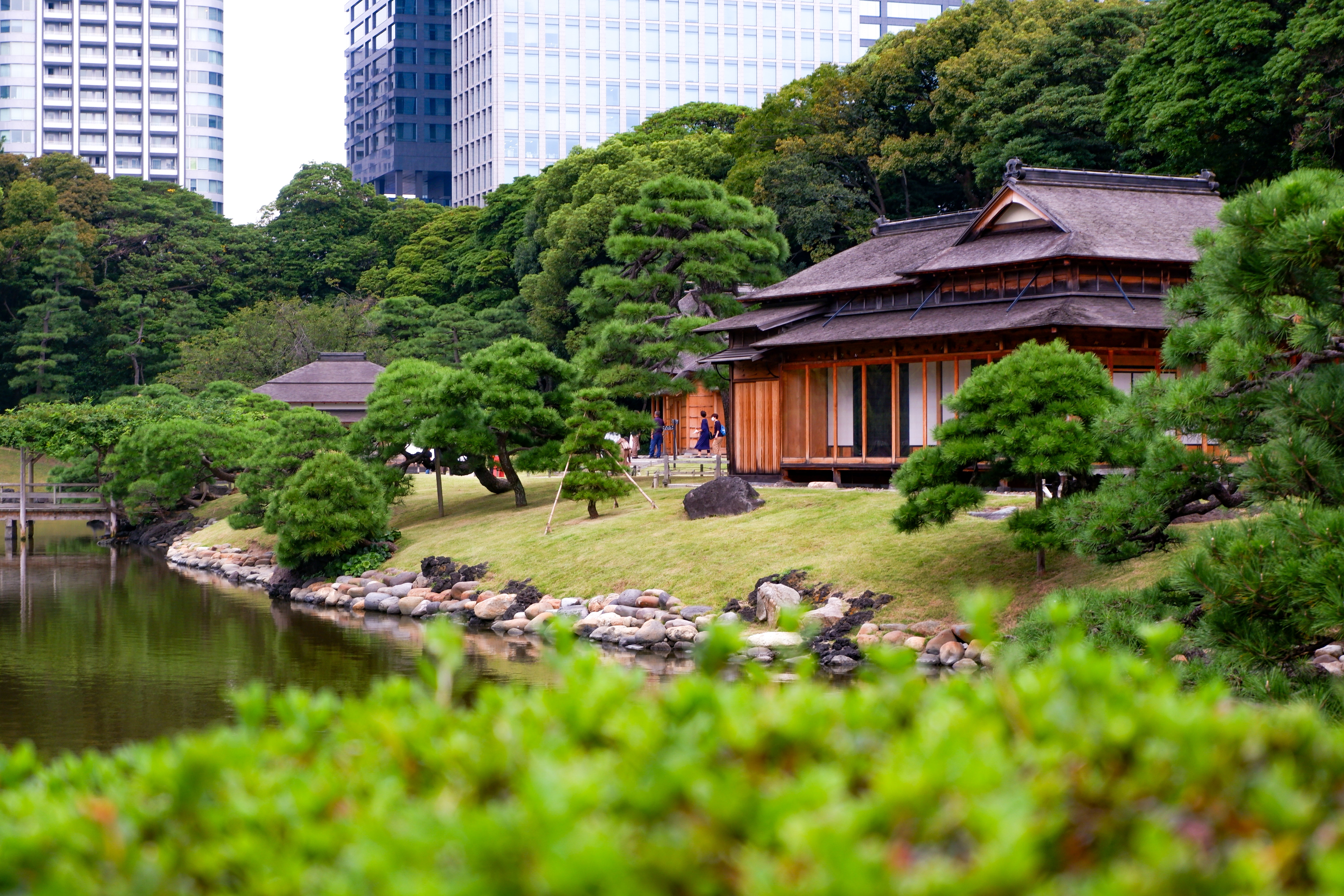
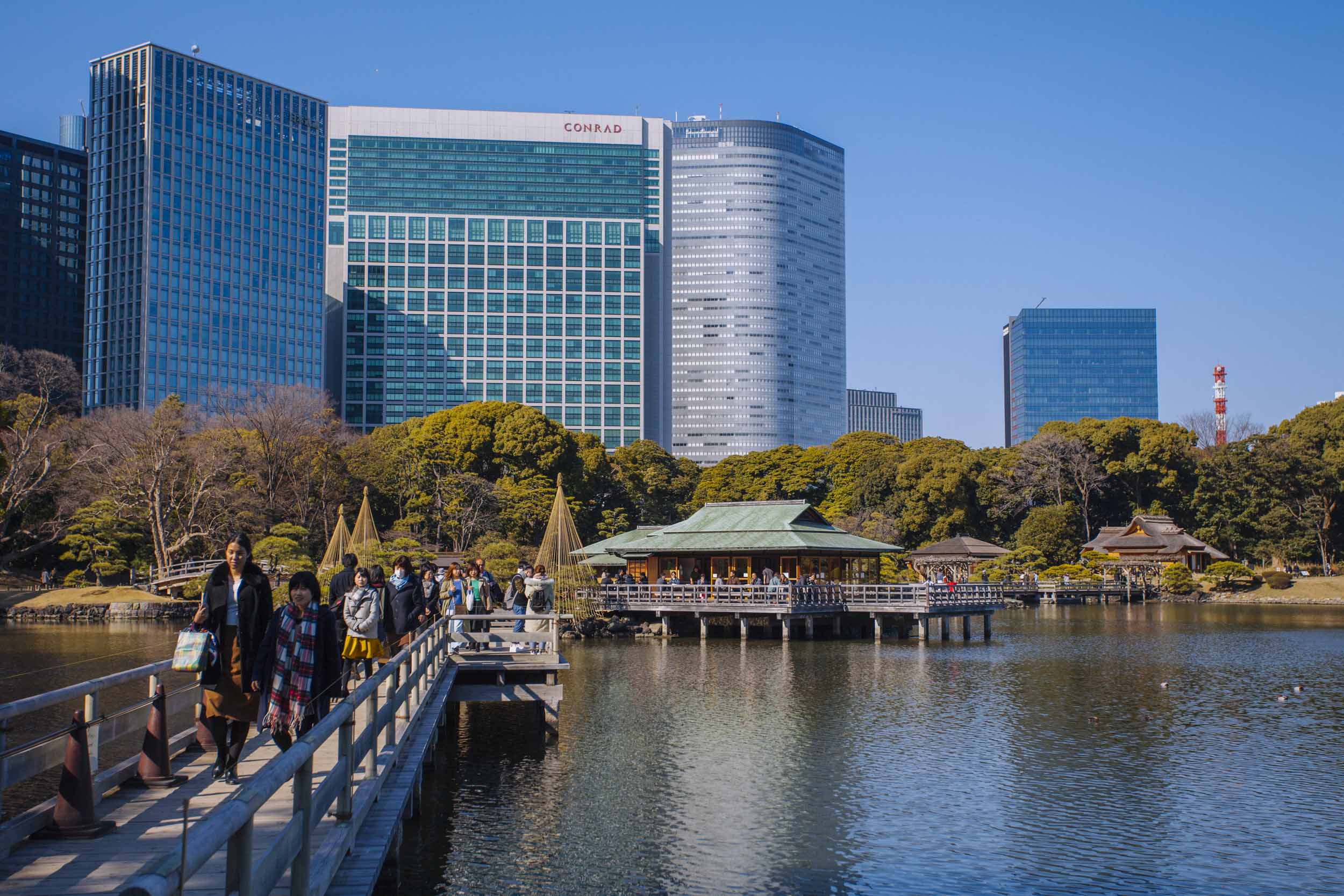
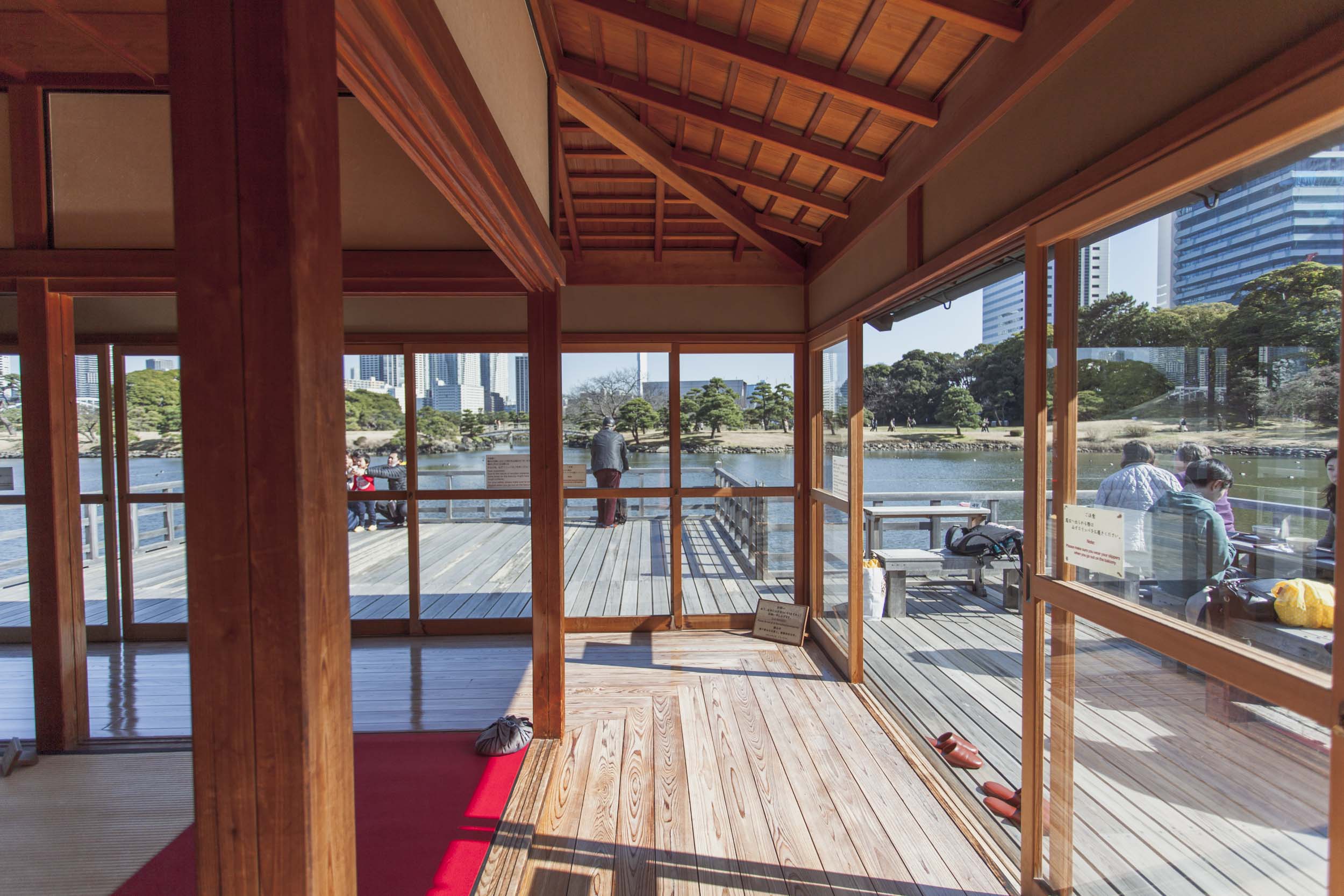
Located adjacent to Tokyo Bay and surrounded by the glitzy business towers of Shiodome and Tsukiji, Hamarikyu Garden is an oasis lost in time amidst the fast-paced modern world of Tokyo. Once the property of the Tokugawa family and then the Imperial family, Hama-rikyu was almost completely destroyed in the Great Kanto Earthquake and in the bombings of World War II. After the Imperial Family restored and relinquished the garden to the city of Tokyo, Hama-rikyu was turned opened to the public in 1946 and is now considered one of the most beautiful Edo-style gardens in Tokyo.
Popular in spring for its grandiose cherry blossoms and rapeseed flowers, Hama-rikyu is worth a visit all year round. In October the garden becomes host to the Tokyo Grand Tea Ceremony (October 20-21, 2018) which is an amazing opportunity to witness a slice of Japanese tradition guided by a tea ceremony master.
Insider’s Tip: Be sure to end your tour of this historic garden with a visit to the tranquil tea house (Nakajima no ochaya) which is situated on a small island surrounded by the garden’s pont.
Green Tea + Yam Steamed Bun:¥510
Green Tea + Nerikiri Traditonal Sweet:¥720
Popular in spring for its grandiose cherry blossoms and rapeseed flowers, Hama-rikyu is worth a visit all year round. In October the garden becomes host to the Tokyo Grand Tea Ceremony (October 20-21, 2018) which is an amazing opportunity to witness a slice of Japanese tradition guided by a tea ceremony master.
Insider’s Tip: Be sure to end your tour of this historic garden with a visit to the tranquil tea house (Nakajima no ochaya) which is situated on a small island surrounded by the garden’s pont.
Green Tea + Yam Steamed Bun:¥510
Green Tea + Nerikiri Traditonal Sweet:¥720
︎
︎9:00 to 17:00 (Entry until 16:30), Tea House: 9:00 to 16:4, Closed: Year-end holidays (December 29 to January 1)
︎1-1, Hama Rikyu-teien, Chuo-ku, Tokyo 104-0046
︎Google Maps
︎Website
Garden entrance fee: ¥300 (65 and over: ¥150, primary school children or younger: free)
︎1-1, Hama Rikyu-teien, Chuo-ku, Tokyo 104-0046
︎Google Maps
︎Website
Garden entrance fee: ¥300 (65 and over: ¥150, primary school children or younger: free)
Rikugi-en Garden and Tea House | Komagome
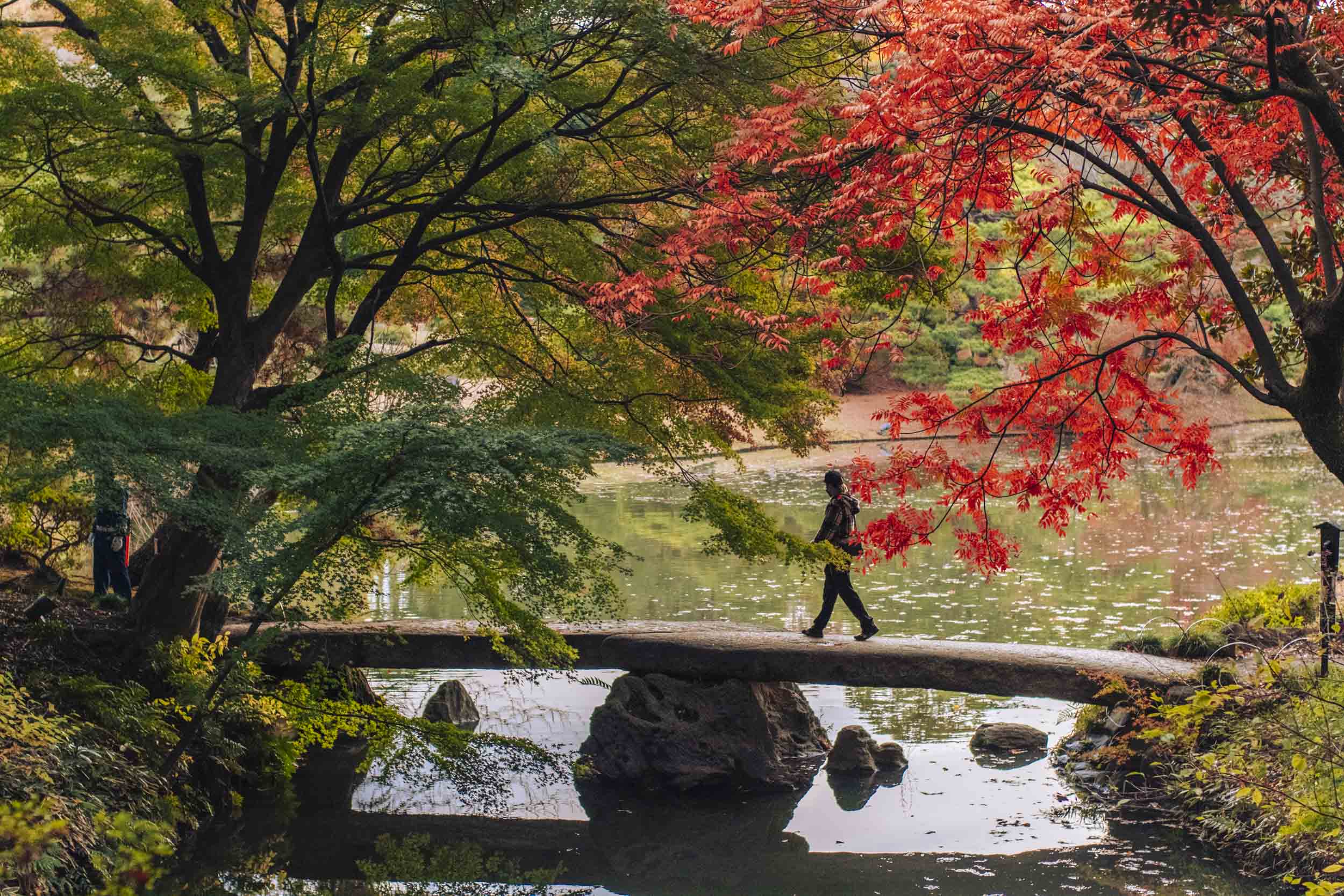
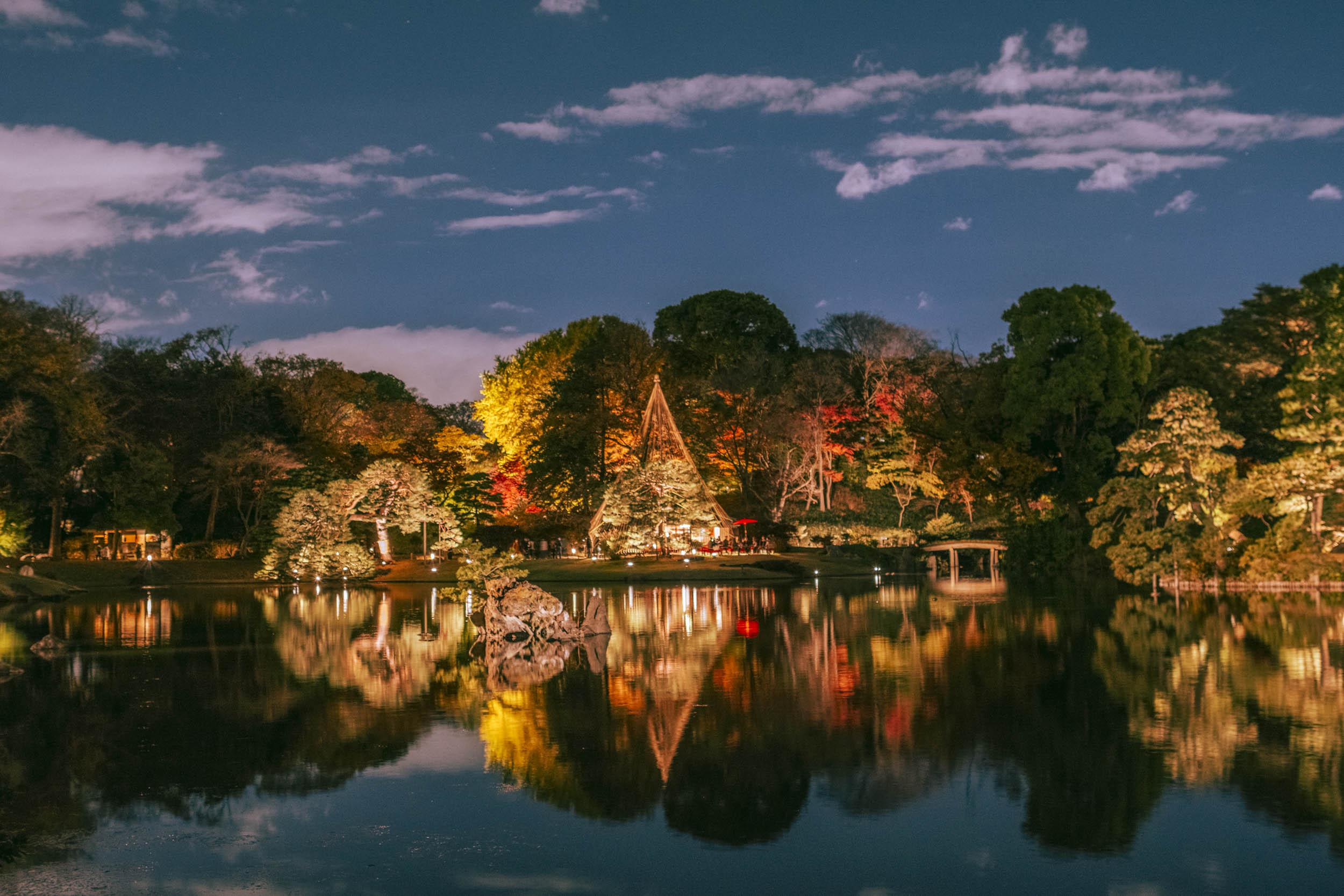

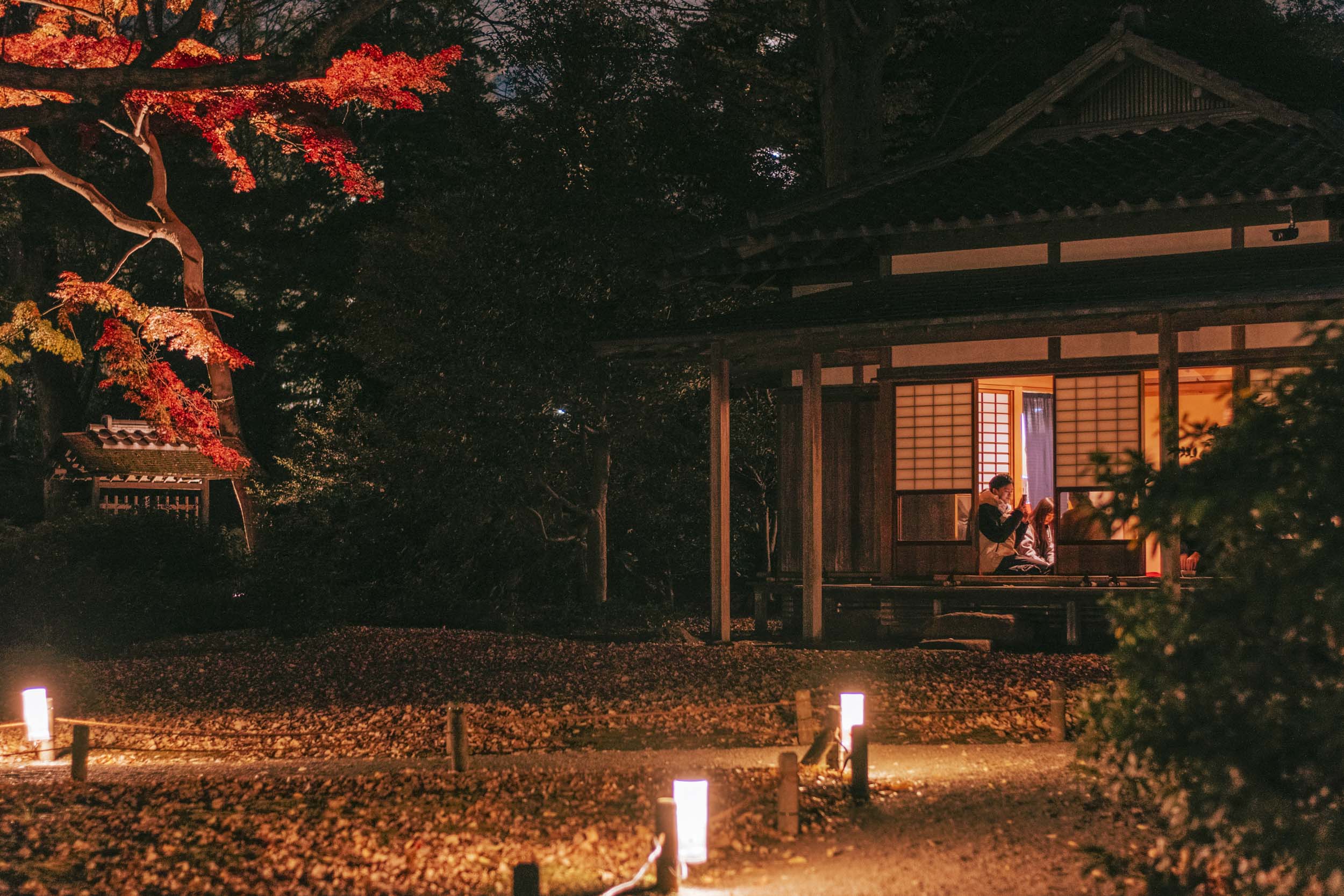
Rikugi-en, located in Tokyo’s northern Komagome district, is a pristine and exceptionally beautiful garden dating back to the Edo Period. In 1953 it was designated by the Japanese government as a site of exceptional beauty and an important cultural asset and is one of Tokyo’s must-go-to gardens. The tea house located inside Rikugi-en is well worth a visit as it features a direct view of the garden’s main pont which is especially beautiful during Japan’s famous spring and autumn seasons. Be sure to visit also during the spring and autumn light-up events when you can enjoy your tea and a unique nightime view until 21:00.
Matcha set including Japanese sweet ¥510
Amazake (sweet fermented rice drink) ¥300
Matcha set including Japanese sweet ¥510
Amazake (sweet fermented rice drink) ¥300
︎
︎9:00 to 17:00 (Last entrance 16:30), Closed: Year-end holidays (December 29 to January 1) - extended opening hours until 20:30 during spring and autumn evening light-ups
︎6-16-3 Hon-komagome, Bunkyo-ku, Tokyo
︎Google Maps
︎Website
Garden entrance fee: ¥300 (65 and over: ¥150)
(No charge for primary school children or younger, and junior high school students living or attending school in Tokyo)
Autumn Nighttime Illuminations: Late November - Early December depending on season | 09:00-20:30 (Illumnation starts after sunset)
Cherry Blossom Nighttime Illuminations: Late March - Early April | 09:00-21:00 (Illumnation starts after sunset)
︎6-16-3 Hon-komagome, Bunkyo-ku, Tokyo
︎Google Maps
︎Website
Garden entrance fee: ¥300 (65 and over: ¥150)
(No charge for primary school children or younger, and junior high school students living or attending school in Tokyo)
Autumn Nighttime Illuminations: Late November - Early December depending on season | 09:00-20:30 (Illumnation starts after sunset)
Cherry Blossom Nighttime Illuminations: Late March - Early April | 09:00-21:00 (Illumnation starts after sunset)
Nezu Museum Garden | Aoyama


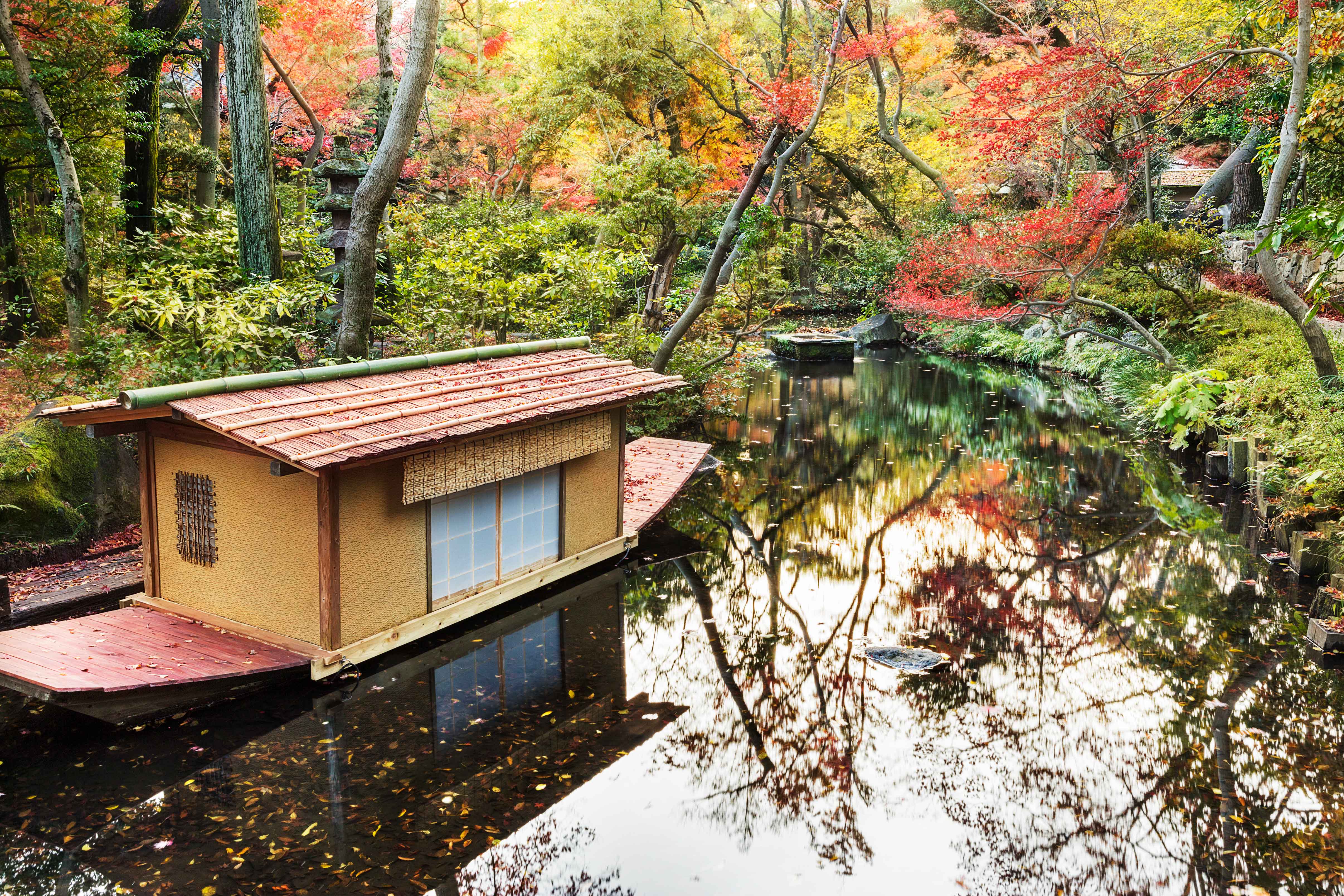
Nestled in the middle of Aoyama, a stone’s throw away from the glitz and glamour of fashionable Tokyo, Nezu Museum’s garden is a refreshing oasis and a must-see for any visitor to Nezu Museum. Follow the path along the small ponds, past the tea house and stone lanterns, and let yourself get lost in the midst of chirping cicadas and the undulating movements of ever-graceful koi.
Note: to enter the garden you need to purchase a ticket to the museum’s exhibition.
Note: to enter the garden you need to purchase a ticket to the museum’s exhibition.
︎
︎10:00 - 17:00, Closed on Mondays and during exhibition installation periods
︎6-5-1 Minamiaoyama, Minato-ku, Tokyo
︎Google Maps
︎Website
Ticket to museum required for entry.
Photos courtesy of Nezu Museum
︎6-5-1 Minamiaoyama, Minato-ku, Tokyo
︎Google Maps
︎Website
Ticket to museum required for entry.
Photos courtesy of Nezu Museum
Shinjuku Gyoen National Garden
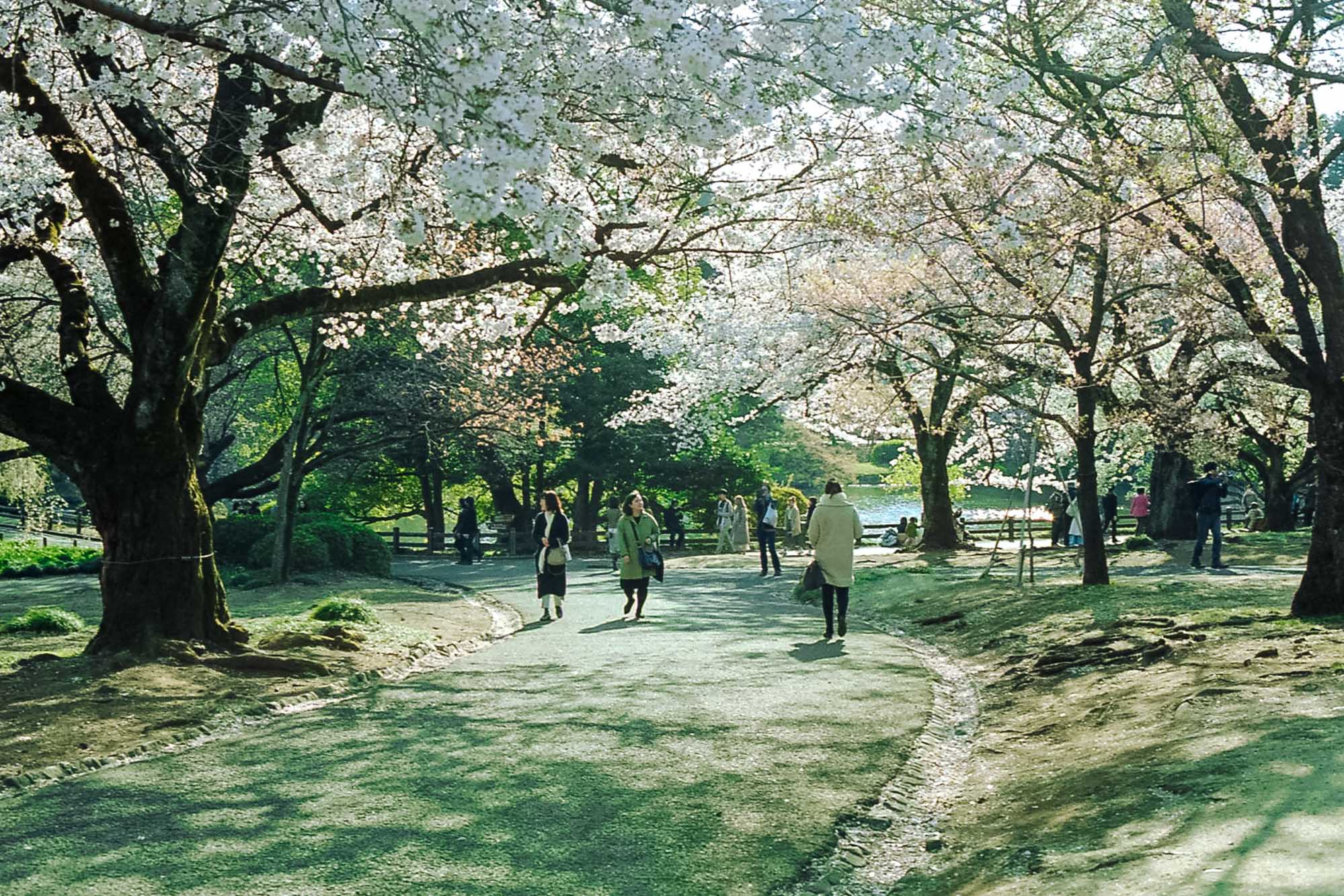


Perhaps one of the most famous and biggest Japanese gardens Tokyo has to offer, Shinjuku Gyoen is a top spot to escape the hustle and bustle of central Tokyo. This former daimyo estate boast more than 20,000 trees and is also one of the premier places to catch the annual cherry-blossom viewing as this park features a variety of 1,500 cherry trees which bloom at different times starting from late March all the way into late April.
But don’t be put off if you can’t make it to Tokyo in spring - there are plenty of seasonal flowers and plants to see all year around and even a greenhouse with tropical plants. Make sure to bring a blanket and some food as this is also one of the best spots for a central-Tokyo picknick.
Tip: Fans of Makoto Shinkai’s “Garden of Words” will want to check out this little pavillion where the two main characters come to spend every rainy day.
Note: No alcohol or pets allowed
But don’t be put off if you can’t make it to Tokyo in spring - there are plenty of seasonal flowers and plants to see all year around and even a greenhouse with tropical plants. Make sure to bring a blanket and some food as this is also one of the best spots for a central-Tokyo picknick.
Tip: Fans of Makoto Shinkai’s “Garden of Words” will want to check out this little pavillion where the two main characters come to spend every rainy day.
Note: No alcohol or pets allowed
︎
︎Oct 1 - March 14: Tue - Sun: 9:00-16:00;
March 15 - Sept 30: Tue - Sun: 9:00-17:30;
July 1 - Aug 20: Tue - Sun: 9:00-18:30
Closed Mondays (If Monday is a public holiday, then closed the following day. Closed the day (weekday) after in case of consecutive holidays.)
Closed December 29 to January 3.
︎11 Naito-machi, Shinjuku-ku, Tokyo
︎Google Maps
︎Website
Garden entrance fee:
Adults: ¥500
Seniors, students:¥250
Children 15 and under: free of charge
March 15 - Sept 30: Tue - Sun: 9:00-17:30;
July 1 - Aug 20: Tue - Sun: 9:00-18:30
Closed Mondays (If Monday is a public holiday, then closed the following day. Closed the day (weekday) after in case of consecutive holidays.)
Closed December 29 to January 3.
︎11 Naito-machi, Shinjuku-ku, Tokyo
︎Google Maps
︎Website
Garden entrance fee:
Adults: ¥500
Seniors, students:¥250
Children 15 and under: free of charge
Hotel Chinzanso Garden | Waseda

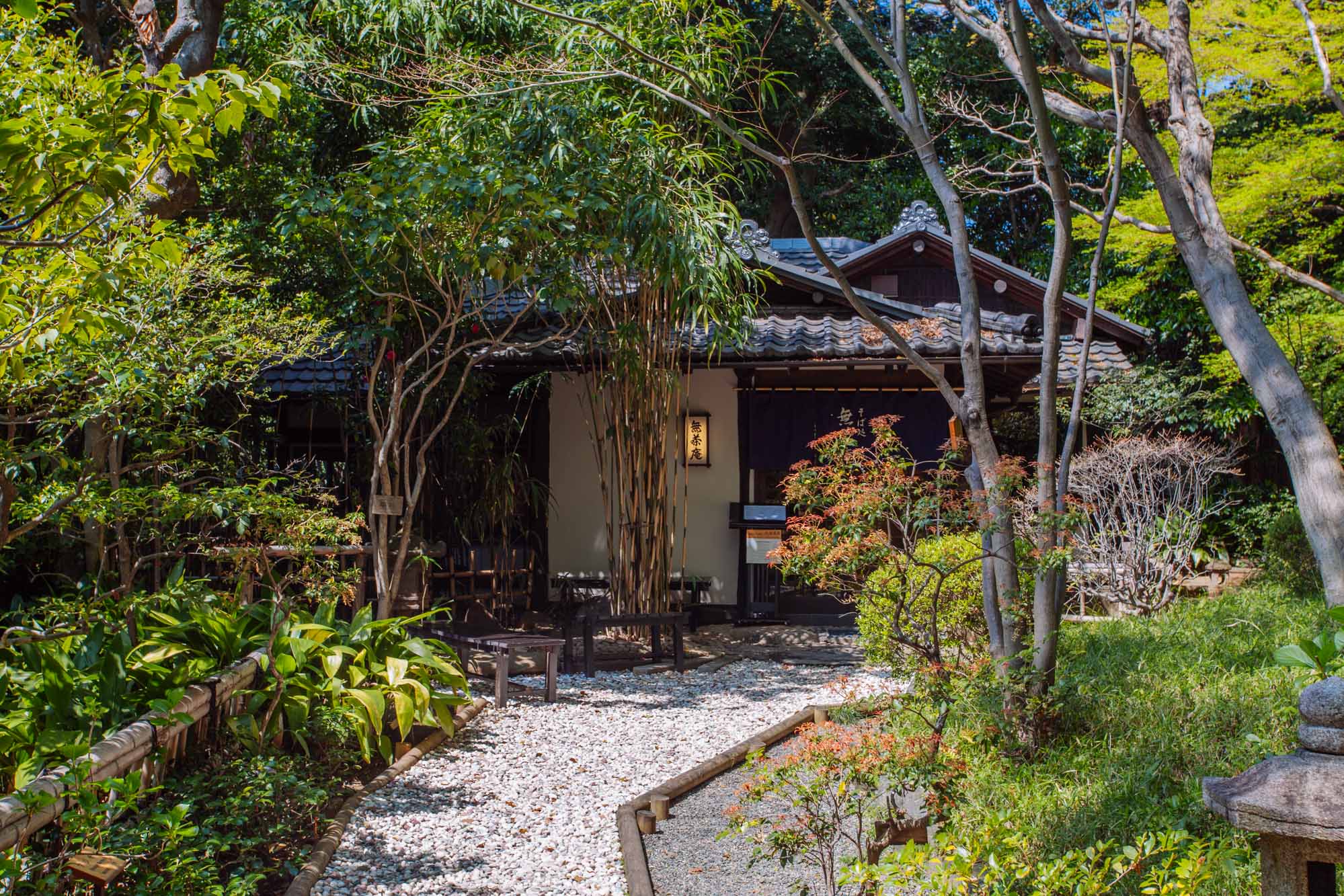

Although part of the famous Chinzanso Hotel, this garden can be visited freely all year around and should be on the list of any Japanese garden lover. Stroll along the Kanda river until you reach the beautiful Kabuki-mon gate in the South of the garden which will lead you slightly up the hill past various ponds, a three-story pagoda, a small bridge and a waterfall. Especially beautiful at night when the trees are illuminated, you might also stumble upon the occasional kimono-wearer as this is a popular spot for weddings and traditional celebrations.
Tip: After your stroll through the garden head straight for the beautiful, small restaurant in the garden that serves reasonably priced Japanese unagi (eel) dishes for lunch.
Tip: After your stroll through the garden head straight for the beautiful, small restaurant in the garden that serves reasonably priced Japanese unagi (eel) dishes for lunch.
︎
︎09:00 - 21:00
︎2-10-8 Sekiguchi, Bunkyō-ku, Tokyo
︎Google Maps
︎Website
Closest Station:
Edogawabashi Station (Yurakucho Line)
Waseda Station (Toden Arakawa Line, not Tokyo Metro)
Free entry.
︎2-10-8 Sekiguchi, Bunkyō-ku, Tokyo
︎Google Maps
︎Website
Closest Station:
Edogawabashi Station (Yurakucho Line)
Waseda Station (Toden Arakawa Line, not Tokyo Metro)
Free entry.
More topics
